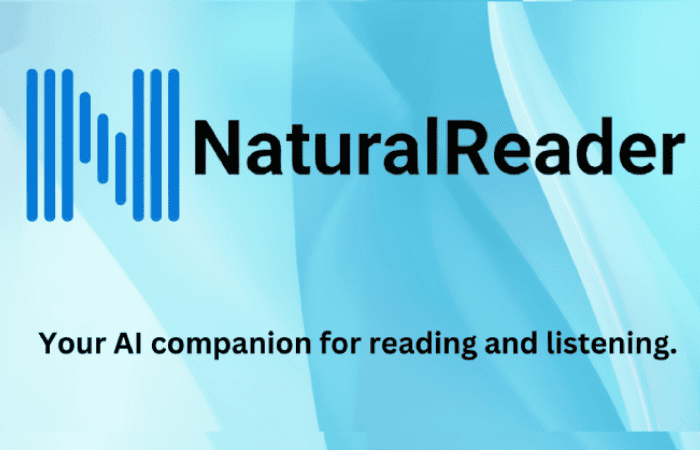The Mechanics of Prompt Engineering in Generative AI
Unlock the secrets of prompt engineering in Generative AI—learn how precise instructions drive powerful, creative, and accurate outputs.

I have had the opportunity to work directly with generative AI models that has afforded me the privilege of using prompt engineering to harness the capabilities of these models. Let me now show you how the prompt engineering process is implemented real life.
Foundation of Generative AI Models
The central transformer architectures are the heart and soul of generative AI. Learned neural networks just like these AI models do swiftly and with ease grasp and understand language intricacies due to their access to and processing of a huge amount of information. It is through my practice that I have come to realize that prompt engineering plays a pivotal role in directing and guiding these models to give qualitative and reasonable answers/enunciations.
Key Techniques in Prompt Engineering
Various prompt engineering techniques are practical to me. Three most common ones I make use of are:
- Tokenization: Dividing the input into smaller units
- Model Parameter Tuning: Tweaking the model's internal settings
- Top-k Sampling: The selection of the most probable outputs
The Role of Foundation Models
Foundation models, are large language models (LLMs), that are based on transformer architecture and they are the main contributor to generative AI. The models are loaded with all the necessary information, and the only means to access this knowledge is prompt engineering.
Natural Language Processing in Generative AI
NLP is the leading technology for generative AI systems, and those need to mainly understand Natural Language Processing (NLP) for the sake of that. They accept natural language inputs and then create complex outputs. The basic stats science techniques, transformer architectures plus ML algorithms further help them to get concepts correct that are new to them or to create human-like language texts/images.
Text-to-Image Generation
I had a chance to examine the process with the help of text-to-image AI like DALL-E and Midjourney, where I saw the blending of LLMs and stable diffusion models with the output of images accomplished. This mash-up is a semi-automated process where images are created based on the descriptions of texts. The effective prompt engineering demands both technical knowledge and a clear understanding of the linguistic concept and the context in which it is used.
Conclusion
The development of expertise in prompt engineering is the largest part of my productivity improvement idea since I have seen very good results and very few changes needed, which has assured me that best quality can be achieved in these cases with authentic AIs.



